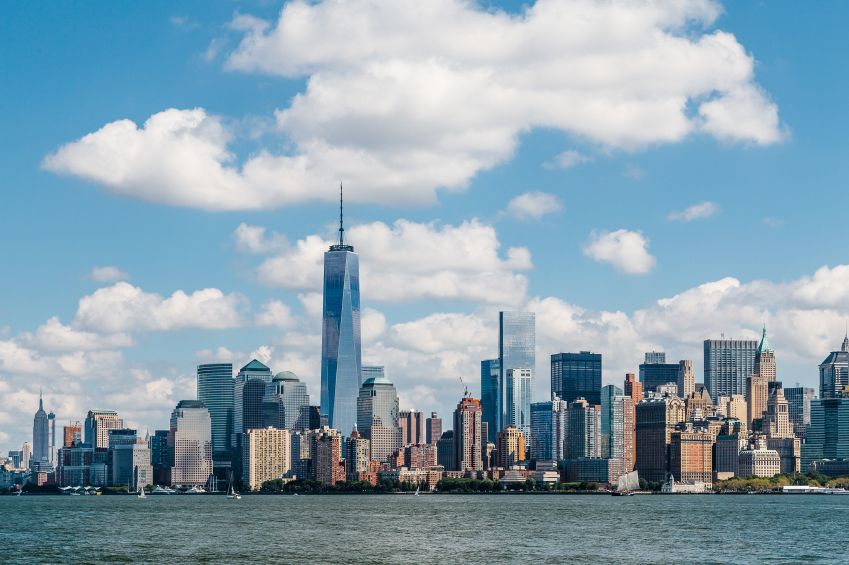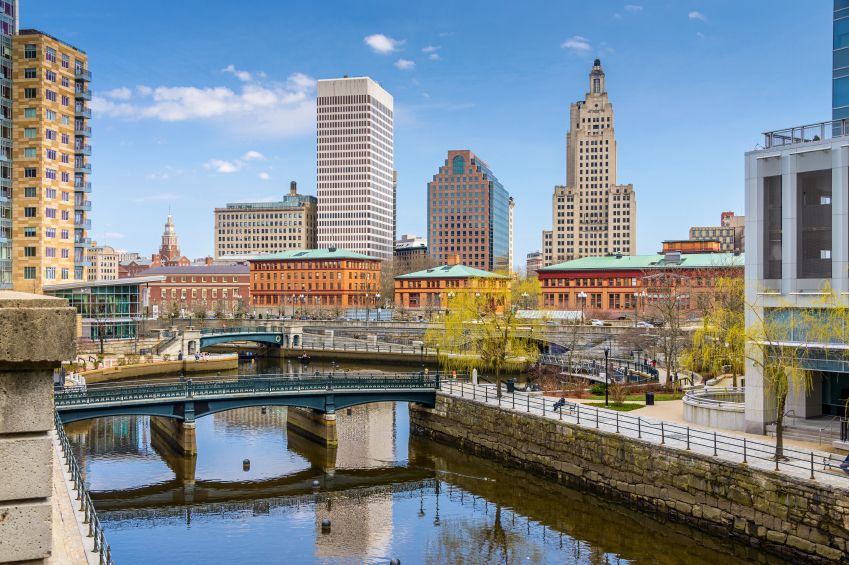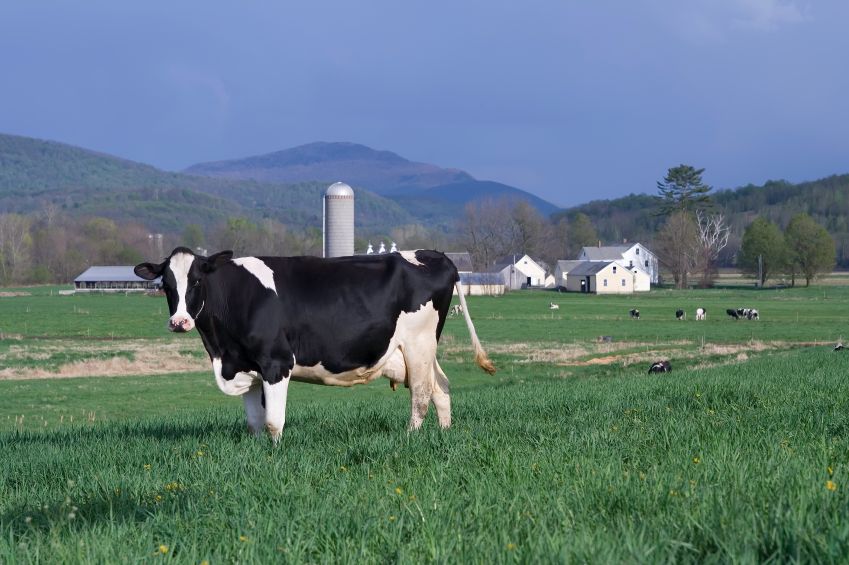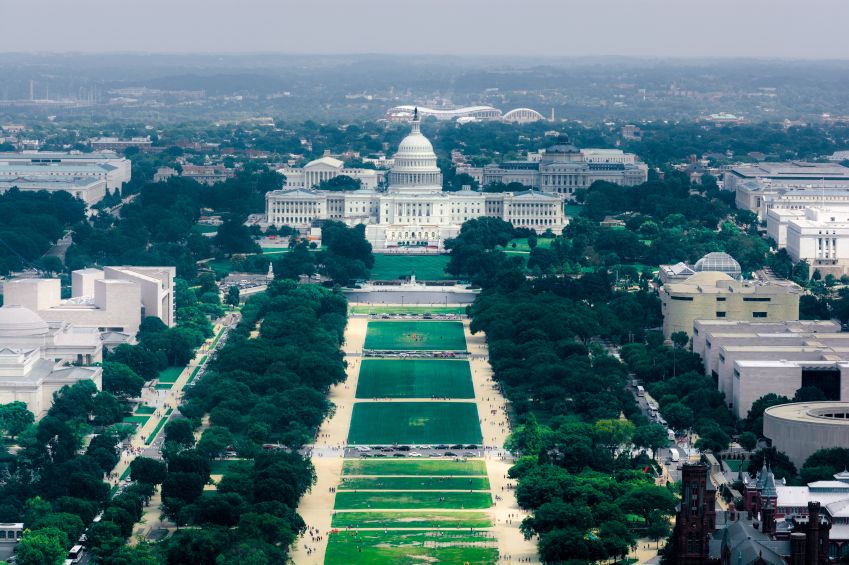NEW YORK | #49 | SOME GOOD MOVES
 Gov. Andrew Cuomo nettled business leaders last year by raising the minimum wage for state workers to $15 an hour, the highest in the country; such hikes drive up labor costs for the private sector as well. He regained ground by relaunching plans to renovate Manhattan’s forlorn Pennsylvania Station, an antiquated rail hub serving New Jersey, the New York suburbs and Amtrak passengers. New York is doing a “fine job” making upstate more competitive through tax abatements, say site selectors Donovan and Renzas.
Gov. Andrew Cuomo nettled business leaders last year by raising the minimum wage for state workers to $15 an hour, the highest in the country; such hikes drive up labor costs for the private sector as well. He regained ground by relaunching plans to renovate Manhattan’s forlorn Pennsylvania Station, an antiquated rail hub serving New Jersey, the New York suburbs and Amtrak passengers. New York is doing a “fine job” making upstate more competitive through tax abatements, say site selectors Donovan and Renzas.
Employment grew about 2% last year, adding about 170,000 jobs as most metro areas experienced growth. Healthcare and social services led the gainers, followed by construction; Midtown Manhattan swarms with cranes. Professional, scientific and technical clusters pace expansion. The service industry, including jobs on Wall Street as well as in hospitals and social service agencies, drove New York City’s job growth in 2015, and should continue in 2016. Hospitality, food services and retail grew significantly as well, reflecting a surge in tourism. Last March, mayor Bill de Blasio announced a $150 million public-private partnership tasked with driving investment in life sciences. New York City’s surging economy bolstered local markets fanning out from midtown; the New York-Newark-Jersey City MSA is largest in the U.S.
PENNSYLVANIA | #35 | IMPROVEMENT ON THE HORIZON
 Pennsylvania’s economy still trails the nation’s, but signs suggest improvement ahead. Ascending industries like life sciences, engineering and healthcare are expanding payrolls. Government services and corporate recruitment programs have been dialed back, reflecting a lower revenue base. With the manufacturing cluster downsizing, workers sometimes lack in-demand skills, especially in rural areas, says site selector James Renzas of the RSH Group. In Philadelphia, new buildings have begun to sprout, after years of a static skyline—although rents in Center City remain relative bargains.
Pennsylvania’s economy still trails the nation’s, but signs suggest improvement ahead. Ascending industries like life sciences, engineering and healthcare are expanding payrolls. Government services and corporate recruitment programs have been dialed back, reflecting a lower revenue base. With the manufacturing cluster downsizing, workers sometimes lack in-demand skills, especially in rural areas, says site selector James Renzas of the RSH Group. In Philadelphia, new buildings have begun to sprout, after years of a static skyline—although rents in Center City remain relative bargains.
Commercial development, such as FMC Tower and development in the Navy Yard approach completion. Northwest Pennsylvania, including Erie MSA, looks to enjoy “somewhat stronger economic growth” this year forecasts PNC Financial Services Group. The group sees manufacturing rebounding, professional and business services growing and consumer spending on the upswing. In Pittsburgh, gains in healthcare employment have offset losses from the natural gas sector.
Overall, Pittsburgh’s employment is at an all-time high. Harrisburg employment rose about 2% last year, reflecting government hiring, as well as payroll expansion in transportation and logistics. In Scranton, Tobyhanna Army Depot is moving forward with a $105 million renovation project slated for completion in 2017.
RHODE ISLAND | #37 | REBOUNDING FROM INFRASTRUCTURE NEGLECT
 Rhode Island inches forward on the road to post-Recession recovery. The Plantation State’s economy “has sustained its recovery, but also displays troubling signs of major structural problems,” says Edinaldo Tebaldi, economics professor at Bryant University in Smithfield. With 1.8% GDP growth rate, Rhode Island is again forecasted to lag behind both New England (2%) and the U.S. (2.3%). Chronically postponed infrastructure repairs have relegated nearly a quarter of the state’s 1,162 bridges to structural deficiency. Many business leaders support Rhode Works, a proposed $4.7 billion infrastructure repair project linked to 11,000 new jobs.
Rhode Island inches forward on the road to post-Recession recovery. The Plantation State’s economy “has sustained its recovery, but also displays troubling signs of major structural problems,” says Edinaldo Tebaldi, economics professor at Bryant University in Smithfield. With 1.8% GDP growth rate, Rhode Island is again forecasted to lag behind both New England (2%) and the U.S. (2.3%). Chronically postponed infrastructure repairs have relegated nearly a quarter of the state’s 1,162 bridges to structural deficiency. Many business leaders support Rhode Works, a proposed $4.7 billion infrastructure repair project linked to 11,000 new jobs.
Business owners last year gave their state government an “F” in categories like ease of starting a small business, regulations, tax code, licensing and zoning in a study conducted by Thumbtack.com, a business services firm. Gov. Gina Raimondo, citing the Ocean State’s dead-last finish in a poll of entrepreneurs, champions initiatives like the Qualified Jobs Incentive Program. Tax reform over the past two years has slashed the corporate tax rate from 9% to 7%, introduced combined reporting and eliminated sales tax on utility bills. Now, “we have a much better tax climate and economic climate,” says House Speaker Nicholas Mattiello.
VERMONT | #41 | NEW TAXES AT A BAD TIME
 The state economy is crawling forward slower than at any time since World War II, report government economists Jeffrey Carr and Tom Kavet. Behind that dark cloud are bright spots, especially in Chittenden County and other northern districts. Corporate profits rose to a record $122 million in 2015. The tourism industry there recorded a record 4.7 million ski visits last year.
The state economy is crawling forward slower than at any time since World War II, report government economists Jeffrey Carr and Tom Kavet. Behind that dark cloud are bright spots, especially in Chittenden County and other northern districts. Corporate profits rose to a record $122 million in 2015. The tourism industry there recorded a record 4.7 million ski visits last year.
Business owners, however, are antsy. The Green Mountain State finished 49th out of 50 states on economic outlook in an annual Rich States, Poor States survey tracking tax rates, labor policies and regulatory burden. Vermonters groused over last year’s $30 million tax hike, which increased sales taxes and reduced deductions. Advocates cheered the new southern Vermont economic zone established last year, though officials neglected to set goals and provide funding.
WASHINGTON, D.C. | POWERED BY POLITICS
 Washington is still the place to go if you need to be near the federal government. Unfortunately, that benefit doubles as the capital’s biggest drawback. Uncertainty over government budget-cutting casts a pall over micro-economic forecasting. “A renewed push for trimming federal outlays would further slow growth in Greater Washington,” observes PNC Financial Services Group. “Over the longer run, the Greater Washington area will adjust to a structurally smaller federal government.”
Washington is still the place to go if you need to be near the federal government. Unfortunately, that benefit doubles as the capital’s biggest drawback. Uncertainty over government budget-cutting casts a pall over micro-economic forecasting. “A renewed push for trimming federal outlays would further slow growth in Greater Washington,” observes PNC Financial Services Group. “Over the longer run, the Greater Washington area will adjust to a structurally smaller federal government.”
Chief Executive Group exists to improve the performance of U.S. CEOs, senior executives and public-company directors, helping you grow your companies, build your communities and strengthen society. Learn more at chiefexecutivegroup.com.
0

1:00 - 5:00 pm
Over 70% of Executives Surveyed Agree: Many Strategic Planning Efforts Lack Systematic Approach Tips for Enhancing Your Strategic Planning Process
Executives expressed frustration with their current strategic planning process. Issues include:
Steve Rutan and Denise Harrison have put together an afternoon workshop that will provide the tools you need to address these concerns. They have worked with hundreds of executives to develop a systematic approach that will enable your team to make better decisions during strategic planning. Steve and Denise will walk you through exercises for prioritizing your lists and steps that will reset and reinvigorate your process. This will be a hands-on workshop that will enable you to think about your business as you use the tools that are being presented. If you are ready for a Strategic Planning tune-up, select this workshop in your registration form. The additional fee of $695 will be added to your total.

2:00 - 5:00 pm
Female leaders face the same issues all leaders do, but they often face additional challenges too. In this peer session, we will facilitate a discussion of best practices and how to overcome common barriers to help women leaders be more effective within and outside their organizations.
Limited space available.

10:30 - 5:00 pm
General’s Retreat at Hermitage Golf Course
Sponsored by UBS
General’s Retreat, built in 1986 with architect Gary Roger Baird, has been voted the “Best Golf Course in Nashville” and is a “must play” when visiting the Nashville, Tennessee area. With the beautiful setting along the Cumberland River, golfers of all capabilities will thoroughly enjoy the golf, scenery and hospitality.
The golf outing fee includes transportation to and from the hotel, greens/cart fees, use of practice facilities, and boxed lunch. The bus will leave the hotel at 10:30 am for a noon shotgun start and return to the hotel after the cocktail reception following the completion of the round.